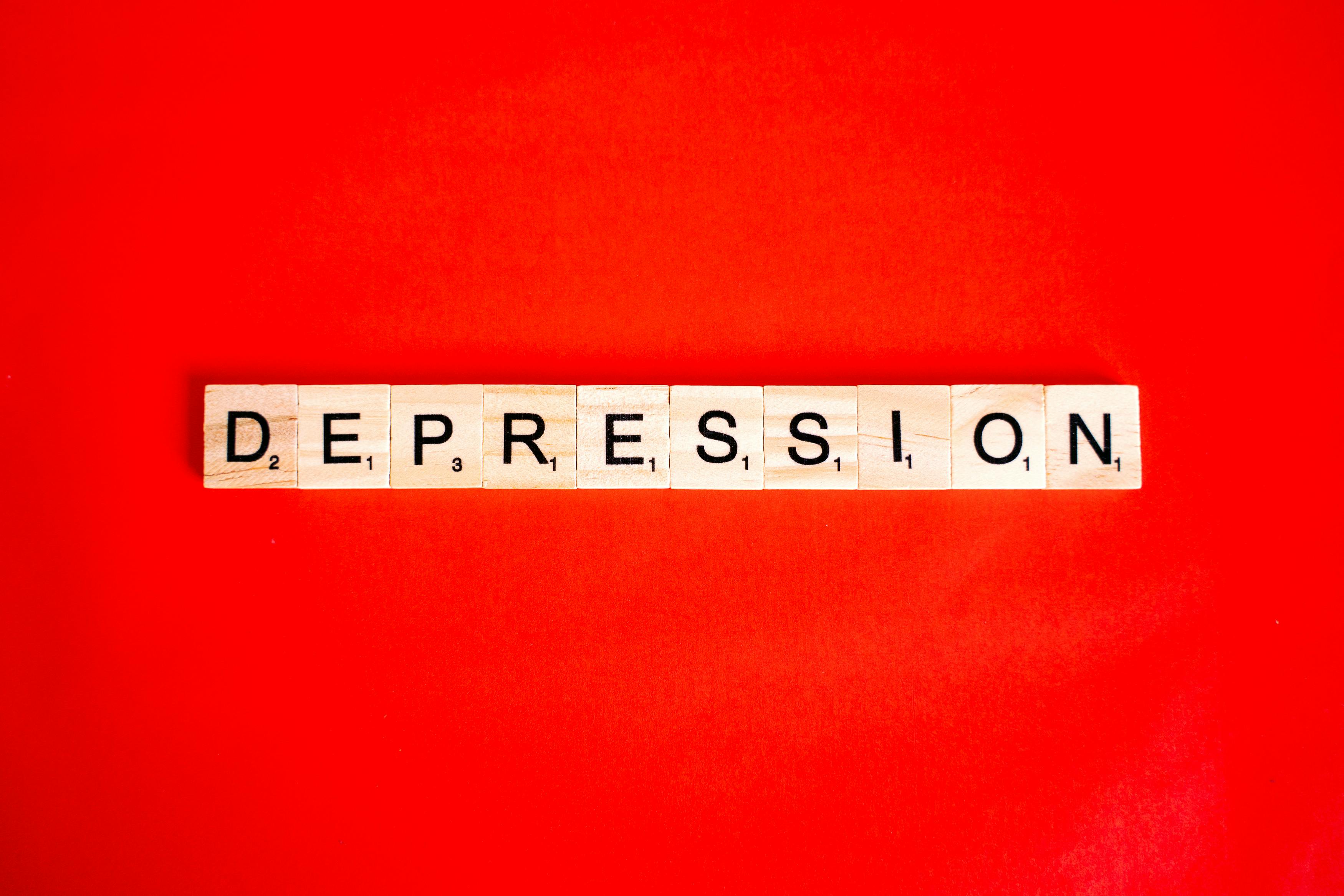Well, here’s the thing about self-esteem and trauma—it’s like this tangled ball of yarn that most of us are just too afraid to unravel. There’s a heavy weight to these issues, especially when you trace them back to the tumultuous times of childhood. So, let’s dive into some real, human takes on how to deal with this.
Table of Contents
- Understanding Self-Esteem and Trauma
- The Impact of Childhood Trauma on Self-Esteem
- Step 1: Acknowledge the Trauma
- Step 2: Seek Professional Help
- Step 3: Practice Self-Compassion
- Step 4: Build Healthy Relationships
- Step 5: Cultivate Positive Self-Image
- Conclusion
Understanding Self-Esteem and Trauma
To start, let’s chew over what we mean by self-esteem and trauma. Self-esteem, that elusive thing, it’s all about how you value yourself, your worth. And guess what? Traumatic experiences when you’re just a kid—like that time your teacher said you’d never amount to anything—can squash that pretty hard. Looking back, who could blame us for feeling the weight of those words well into grown-up territory?
The Impact of Childhood Trauma on Self-Esteem
Childhood trauma—no small thing, right? Whether it was some sort of abuse or just growing up in chaos, all of that can warp how you see yourself as a big kid, aka an adult. According to a Journal of Traumatic Stress study from, like, 2020, adults carrying trauma baggage often wrestle with depression, anxiety, and yep, that’s right—low self-esteem. It’s as if trauma throws shade on your self-view, making it tough to see your own light.
Step 1: Acknowledge the Trauma
First up, say it out loud: “This happened.” It’s probably the toughest step—to acknowledge the trauma, admit that it left a mark. Many downplay their experiences, brushing it off as no big deal. But, oh man, it is a big deal to your peace of mind.
Accepting Your Past
Acknowledging isn’t about letting the past run the show; it’s like stepping back and seeing the painting, not just the scattered brushstrokes. Research from the American Psychological Association says acceptance is the road to emotional resilience. Got it? No endless dwelling—just recognition.
Practical Exercise: Journaling
And hey, ever tried journaling? I know it sounds like something a movie teen would do, but jotting down your thoughts lets you air out the feelings in a judgment-free zone. It’s only for you, anyway, so why not spill it out on paper?
Step 2: Seek Professional Help
No shame here—getting a therapist is like hiring a tour guide for that messy emotional terrain. They know the ropes of childhood trauma impacts, offering support and a fresh lens to see yourself through.
Types of Therapy
If therapy options leave you cross-eyed, consider these:
- CBT (Cognitive Behavioral Therapy): Fixes those pesky negative loops in your head.
- Trauma-Focused Therapy: Zeros in on trauma specifically.
- EMDR (Eye Movement Desensitization and Reprocessing): Reworks traumatic memories to lessen their grip.
The Importance of Therapy
A Journal of Anxiety Disorders study shows therapy works wonders in boosting self-esteem and easing anxiety crufts. Seriously, a good therapist is not just a lifesaver but a self-esteem booster.
Practical Tip: Finding the Right Therapist
And don’t sweat finding “the one” therapist right away. It’s a bit like dating—might take a few tries before the connection feels just right.
Step 3: Practice Self-Compassion
Being kind to yourself sounds obvious, right? But, trust me, when things go south, we’re often our own worst critics. Self-compassion’s about flipping that script.
Building Self-Compassion
Dr. Kristin Neff has this down: think self-kindness, common humanity, and mindfulness. It’s like making friends with the voice in your head instead of letting it constantly nag you.
Practical Exercise: Self-Compassion Meditation
Try meditating on self-compassion for a few minutes each day. Focus on wishing yourself well and realize you’re just human, sharing this experience with a billion others.
Step 4: Build Healthy Relationships
Here’s a thought—people around you can either light up your world or dim it. Choose those who make you feel good, like a walk on a sunny day.
The Role of Relationships
The Journal of Personality and Social Psychology says being surrounded by supportive people can mend the trauma-worn self-esteem fabric. Validation and belonging go a long way, don’t they?
Practical Tip: Evaluate Your Social Circle
Evaluate your social circle: fill it with folks who make you smile and ditch those who drag you down. It sounds harsh, but your mental space will thank you.
Step 5: Cultivate Positive Self-Image
This one’s about getting your reflection to smile back. Recognize every little win and unique quirk—it can build a fortress of self-esteem.
Strategies for a Positive Self-Image
- Embrace Strengths: Capture your skills and triumphs on paper, and pull them out when self-doubt knocks.
- Set Achievable Goals: Even baby steps count. They’re victories, too.
- Challenge Negative Thoughts: When negativity whispers, shout back with affirmative declarations until they stick.
Practical Exercise: Daily Affirmations
Start your day with affirmations—those uplifting self-thoughts may sound cheesy, but they strengthen your self-perception over time.
Conclusion
Boosting self-esteem post-childhood trauma is not a quick fix. It’s a marathon, not a sprint. Time, patience, and steady effort are your allies. You can learn to love yourself, quirks and all. And if you’re seeking continued support through this transformative journey, check out Hapday.
Here’s to seeing yourself not as broken, but beautifully whole—potential-filled and brimming with self-acceptance.


